Magical Storyteller-AI storyboard creator
AI-powered storyboarding made simple
Hit me with an intriguing tale!
Build a story of mine!
Drop an image here, and watch a story unfold!
A word or wisdom, to embark on a mystical journey!
Related Tools
Load More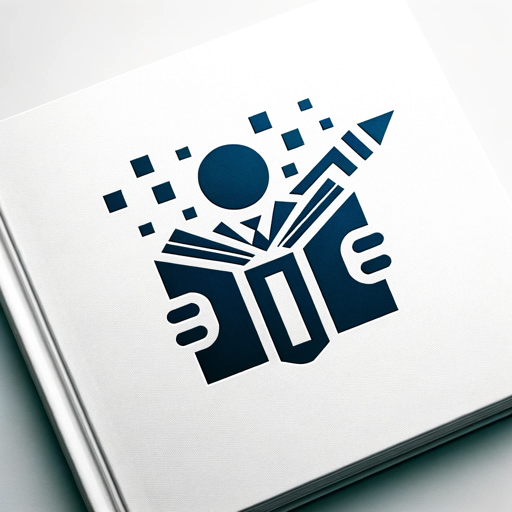
Storyteller
Vision + Dall-E Storyteller
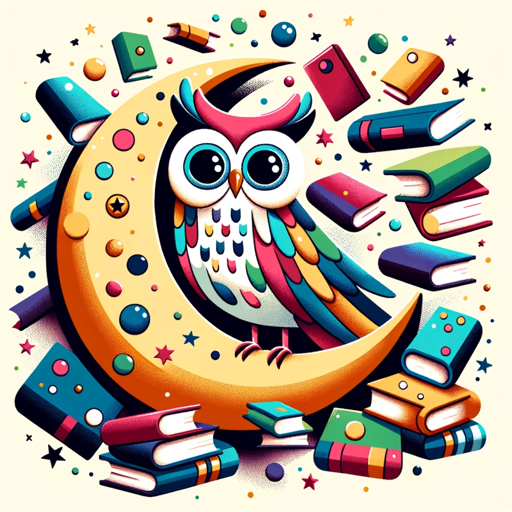
Bedtime Storyteller
Create playful bedtime stories for your children
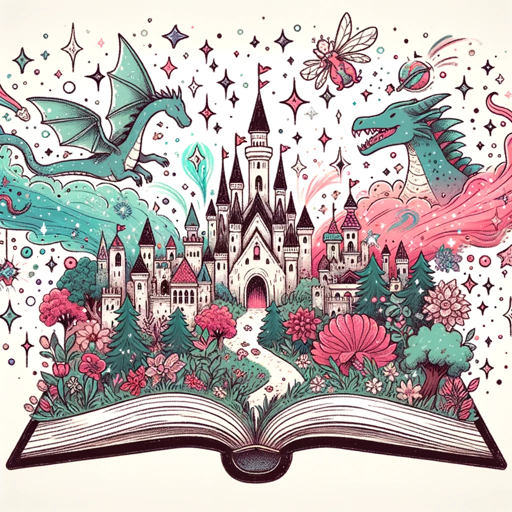
Enchanted Story Weaver
Crafts fairy tales with integrated text and images.

Best-selling Story Teller
Best-selling short story writer in the whole world, very good at writing all kind of short stories, full of turns and surprises, including horror, thriller, romance, love, crime, sci-fiction, mystery, historical fiction, young adult, kids, realistic ficti
Storyteller
This is a chatbot that receives user input and creates a Children's book.
Interactive Storyteller
Interactive story and novel creator with player-led narrative and rich detail. Say hello to begin!
20.0 / 5 (200 votes)
Introduction to Magical Storyteller
Magical Storyteller is a specialized tool designed for creating visually cohesive and consistent storyboards. It leverages the capabilities of AI to generate both text descriptions and corresponding images, focusing on maintaining character and narrative continuity throughout the storyboard. The primary design purpose of Magical Storyteller is to assist users in crafting detailed, character-driven stories that are both visually and narratively engaging. For example, if a user has an idea for a fantasy tale featuring a young hero on a quest, Magical Storyteller can help design the hero, generate scenes from the story, and ensure that the hero's appearance remains consistent across all visual panels. This allows for a seamless transition from concept to final storyboard, making it a valuable tool for creators in need of structured visual storytelling.

Main Functions of Magical Storyteller
Character Creation and Reference Image Generation
Example
A user wants to create a storyboard for a science fiction story. They describe a character who is a space explorer with a specific outfit and gadgets. Magical Storyteller generates reference images of this character with various poses and expressions, ensuring that all visual representations align with the user's description.
Scenario
This function is particularly useful for artists and writers who need consistent character visuals across multiple scenes. For example, a graphic novelist creating a multi-chapter work can rely on this function to maintain character consistency from one chapter to the next.
Panel-by-Panel Storyboard Generation
Example
A user has a complete story in mind and needs to visualize it as a storyboard. They describe each scene in detail, and Magical Storyteller generates a series of images that depict the story's progression, ensuring the characters, environments, and props are consistent throughout.
Scenario
This function is ideal for filmmakers and game designers who need to visualize scenes before production. For instance, a director could use it to pre-visualize key scenes of a movie, ensuring that the visual tone and character designs are consistent.
Detailed Character and Scene Descriptions
Example
A user is developing an animated series and needs detailed descriptions of characters and scenes to guide animators. Magical Storyteller provides exhaustive descriptions, including every visual detail from character clothing to environmental elements, allowing for accurate and consistent animation.
Scenario
This function benefits writers and designers working on projects that require precise visual descriptions. For example, an author creating a novel with accompanying illustrations can use these descriptions to ensure that the illustrator's work aligns with their vision.
Ideal Users of Magical Storyteller
Graphic Novelists and Comic Creators
These users benefit from the ability to maintain character consistency across multiple panels or chapters. Magical Storyteller allows them to visualize their story concepts accurately and ensure that the artwork aligns with the narrative they wish to convey.
Filmmakers and Game Designers
Filmmakers and game designers can use Magical Storyteller to pre-visualize scenes and characters, ensuring that their creative vision is fully realized before actual production begins. The tool’s ability to generate consistent and detailed visual storyboards makes it an essential part of the pre-production process.
Writers and Authors
Writers who are creating novels, short stories, or screenplays with visual elements can use Magical Storyteller to develop detailed character and scene descriptions. This helps ensure that their written work translates seamlessly into visual media, be it for illustrations, animations, or film adaptations.

How to Use Magical Storyteller
1
Visit aichatonline.org for a free trial without login, also no need for ChatGPT Plus.
2
Provide an idea or concept for your story. Include details like character names, descriptions, and any specific themes or settings you want.
3
Use the tool to generate detailed reference images for each character. Ensure their appearances are consistent throughout the storyboard.
4
Create and fine-tune the storyboard by generating panel images and text descriptions. Review each panel to ensure it aligns with your vision.
5
Organize and finalize your storyboard. You can download the complete storyboard with all images and text, ensuring your narrative flows seamlessly.
Try other advanced and practical GPTs
アバター先輩
AI-Powered Custom Responses for Any Task.

MJ v6 goal seek prompt
Create detailed AI prompts effortlessly

Thinkscript Strategist
Empower Your Trades with AI-Driven Strategies
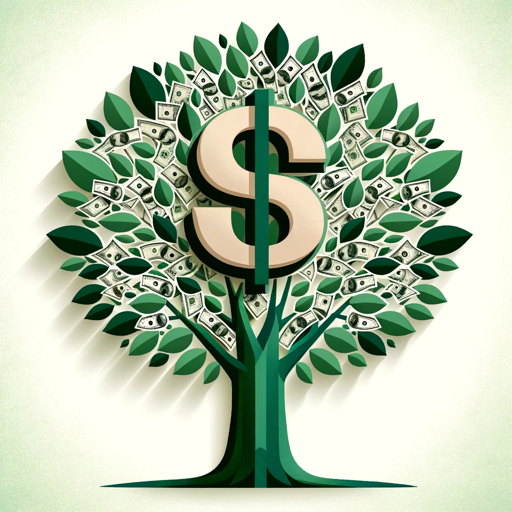
Lego Brick Builds
Transform Ideas into Lego Creations with AI

Correttore di bozze per articoli di giornale
AI-powered proofreading for flawless articles

GPT Creation Assistant
AI-powered custom assistants for any task
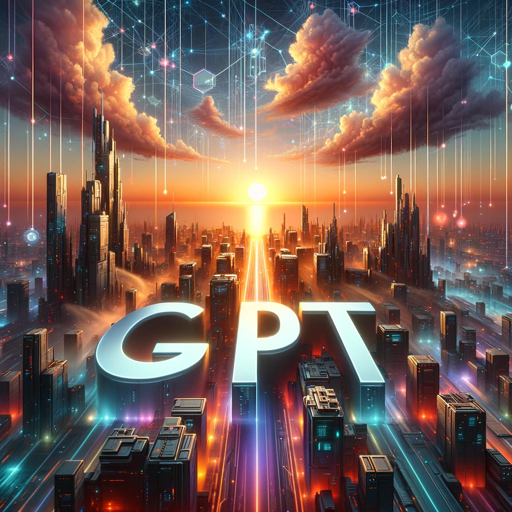
ココア
AI-powered library & research assistant

Japanese mon logo creator(和紋ロゴクリエイター)
AI-powered tool for crafting traditional Japanese logos.
AI日本美女
AI-powered realistic Japanese women images

RealTone: 📸 natural photos with no-filter quality
AI-powered natural photography with no filters

PM like a PRO
AI-powered product management, simplified.

Video Shorts AI
AI-Powered Guidance for Creative Video Shorts

- Content Marketing
- Character Creation
- Visual Design
- Storyboarding
- Narrative Development
Magical Storyteller Q&A
What is Magical Storyteller?
Magical Storyteller is an AI-powered tool designed to help users create detailed and consistent storyboards. It allows you to generate character reference images and panel images while ensuring narrative and visual consistency throughout your story.
How does Magical Storyteller maintain character consistency?
Magical Storyteller uses detailed character descriptions and reference images with specific Gen_IDs and Seed numbers. These elements ensure that each character’s appearance remains consistent across all storyboard panels.
Can I customize characters in my storyboard?
Yes, you can customize characters by providing detailed descriptions, including their outfits, accessories, and emotions. You can also adjust the character reference images to match your exact vision before proceeding with the storyboard.
What are some common use cases for Magical Storyteller?
Magical Storyteller is ideal for creating storyboards for film, comics, animation, education, and content marketing. It’s perfect for any project where visual storytelling and character consistency are crucial.
How do I start a new project with Magical Storyteller?
To start a new project, visit aichatonline.org, outline your story idea, and then use the tool to generate character reference images. Once you’re satisfied with the characters, you can begin creating and organizing your storyboard panel by panel.